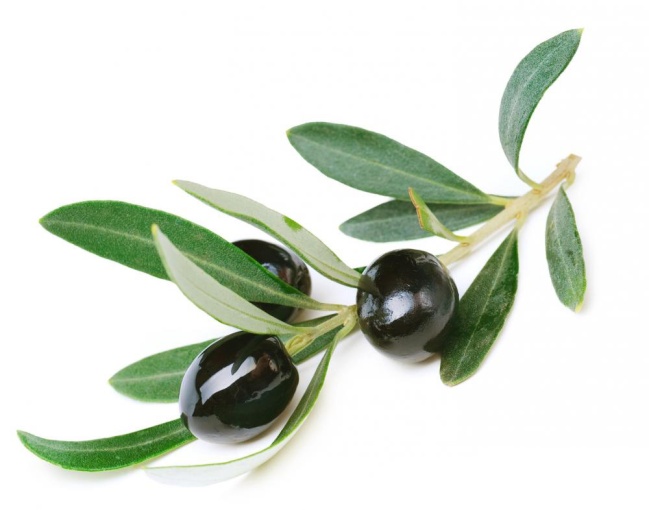According to Tunisian olive museum (Zaitounah Museum) the olive tree came to Palestine from Armenia after which it spread to the Mediterranean and North Africa. It is explained in the following news article from 2004.
Zaitounah Museum new addition to Tunisian heritage
The Zaitounah (olive) Museum which was opened recently in the eastern city of Sousse is considered a new addition to the Tunisian cultural heritage due to the pivotal role the olive tree plays in the lives of Tunisians and the population of the Medieterranean region. […] Gadira said that it also aims at preserving the heritage of this “blessed” tree for future generations, noting that this tree remained steadfast before the various civilizations which ruled Tunisia over some 3000 years like the Berbers, Phoenicians, Byzantines, Arabs, Spaniards and Turks. He said that the most ancient documented sources available report that the olive tree was brought into Palestine from Armenia 4000 BC and then taken by the Phoenicians to Greece and later to North Africa, particularly Tunisia. Since the ancient times, olive oil was the choice of the elite and notables in Tunisia and other countries of the region. It was used in religious rituals, as a massage oil, producing perfumes and for other medical purposes. According to the latest figures, there are an estimated 55 million olive trees stretching from the country’s north to south and covering an area of nearly 1.6 million hectares or 30 percent of Tunisia’s farmlands. Tunisia is the world’s second largest producer and exporter of olive oil after EU states, mainly Italy and Spain. Article originally published by Kuwait News Agency (KUNA) 12-Jul-04


Reblogged this on Florida Armenians.
Umm… This feels false because there are no non-blog references
Actually there are, it was published on the Kuwait News agency website. But after redesign of the website in 2005 many pages became inactive. I took a screenshot of the report though here it is. https://peopleofar.files.wordpress.com/2013/10/kuna-story-1.png
If you still doubt it, you can use the internet datastorage the “Wayback machine” and visit the website as it was in 2005
http://web.archive.org/web/20050503122222/http://www.kuna.net.kw/English/Story.asp?DSNO=648372
I know but tht source doesn’t sound accurate If you google armenia and olive you won’t find any source or mention of such an origin.
If you google armenia and olive you won’t find any source or mention of such an origin.
The “information” was gathered from an advertisement anyway
Well the article quotes the head of Tunisian olive museum Aly Gadira who says that “the most ancient documented sources available report that the olive tree was brought into Palestine from Armenia 4000 BC.” They might have Arab sources, much of Armenian history is unwritten and untold in western sources. I have made tons of discoveries here that have never been published and cannot be found on English Google searches. Most of what is known and accepted in the western world, comes from western academic publications who lack great detail for the oriental history. Especially our history that once was shielded by the ottomans, then the iron curtain during the Soviet Union. Only now western audiences are starting to familiarize themselves with Armenian history.
Actually recent studies would agree with the notion of Olives coming from Armenian Highlands. Here is one recent study that says genetic research has revealed that Olive trees were first domesticated in Eastern Mediterranean “at the frontier between Turkey and Syria”. Armenia used to be much bigger in the antiquity than it is today, and Eastern Mediterranean between Turkey and Syria is within the Armenian Highlands matching with the historic Armenian Homeland. It sounds quite plausable that the written records of which the head of the museum speaks are acurate in this regard. http://www.livescience.com/26887-olive-tree-origins.html
Now that sounds more credible 😛